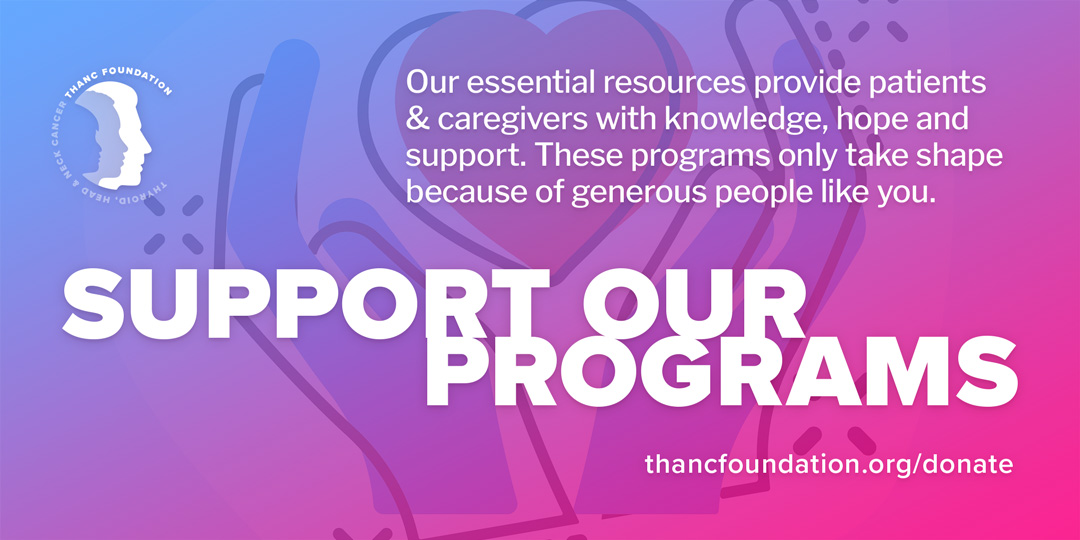Risk Factors for Developing Nasopharyngeal Cancer
There is no single definitive cause of nasopharyngeal cancer. It’s a combination of genetics and environmental factors.
- Tobacco: Smoking cigarettes, cigars or pipes and using chewing tobacco greatly increase the chance of developing cancer. For nasopharyngeal cancer, tobacco use is mainly associated with squamous cell carcinoma. This is one of the largest risk factors for nasopharyngeal cancer in the United States.
- Alcohol: Drinking excessive amounts of alcohol is also related to developing throat cancer. However, this risk is more than doubled when combined with smoking. In the nasopharynx, alcohol use is mainly associated with squamous cell carcinoma.
- Environmental factors: For unknown reasons, people in southeastern China (especially in the Guangdong province) develop nasopharyngeal cancer more than people anywhere else in the world. Genetics likely play a role in this phenomenon, but Chinese people born in North America do not develop the cancer as frequently, suggesting the environment also plays an important role in the development of nasopharyngeal cancer.
- Diet: A chemical called dimethylnitrosamine found in salted fish can increase the chance of getting cancer. Salted fish have been traditionally used in weaning children from breast milk in certain Asian countries. Also, consumption of a large amount of fermented or preserved foods with high levels of nitrosamines has been associated with reactivation of EBV and nasopharyngeal cancer.
- Epstein-Barr virus (EBV): This virus has been strongly linked to nasopharyngeal cancer. This is the most common type of nasopharyngeal cancer found outside of the United States in endemic countries. Over 90% of cases in southeast China are associated with EBV.
- Human Papillomavirus (HPV): This virus has also been found in nasopharyngeal cancer cells, although in a much lower frequency compared to EBV. It is still unclear whether HPV plays a significant role in causing nasopharyngeal cancer.
- Genetics: Nasopharyngeal cancer is up to seven times more common in people who have a first degree relative with nasopharyngeal cancer. Additionally, certain genes and ethnicities make a person more prone to developing nasopharyngeal cancer.
Signs & Symptoms
In many cases, nasopharyngeal cancers get quite large before patients become aware of symptoms. The exact symptoms depend on where the tumor is located, how large it has gotten and whether or not it has spread to other areas before being detected. In general, nasopharyngeal cancer can present with nasal symptoms, ear symptoms, cranial nerve symptoms, or neck symptoms.
- A lump in the neck.
One of the most common detection points of nasopharyngeal cancer is after it has spread to lymph nodes in the neck. Up to 90 percent of people with nasopharyngeal cancer actually come to their doctor with a lump in the neck. - Nasal obstruction.
Difficulty breathing from one or both sides of the nose (obstruction) can be caused by a large tumor blocking the nasal breathing passage. - Bleeding from the nose or mouth.
This can be caused by a tumor in the back of the nose. - Ear problems.
Ear-related problems such as hearing loss on one side, ringing in the ear on one side, an ear infection in an adult, or fluid behind the eardrum can be caused by a tumor mass blocking the Eustachian tube. - Cranial nerve (CN) problems.
Cranial nerves are nerves that emerge directly from the brain and extend out through the head and neck towards lower points in the body. Changes affecting the cranial nerves can be caused by a tumor extending into the skull or along the skull base where the nerves exit. A tumor growing into one of these nerves can cause a variety of problems depending on which nerve is affected:- Slurred speech: CN XII is the hypoglossal nerve, and controls the muscles of the tongue.
- Double vision: CN III, IV and VI are three different oculomotor nerves, and they control the muscles that move the eye.
- Loss of feeling in part of the face: CN V is the trigeminal nerve, and sends sensation signals from the face to the brain.
- Difficulty with shoulder movement: CN XI is the spinal accessory nerve and controls movement of some of the shoulder and neck muscles.
- Change in voice and swallowing: CN IX and X are the glossopharyngeal nerve and vagus nerve and have a number of different functions, including control of the muscles of the voice and swallowing.
- Headache.
A bad headache can be caused by a tumor growing into the skull.
In rare cases, the cancer may not be detected until a patient has severe bone pain (in the legs or spine) and tests show cancer. Further testing at this point can lead to the diagnosis of nasopharyngeal cancer. Even more rarely, metastases into the lungs or liver can spur the detection of nasopharyngeal cancer.
It is important to note a patient could have one or more of these symptoms but NOT have nasopharyngeal cancer. There are several non-cancerous causes of the same symptoms. That’s why it’s especially important to seek medical advice from a specialist.













